| Structure | Name/CAS No. | Articles |
|---|---|---|
 |
Ethanol
CAS:64-17-5 |
|
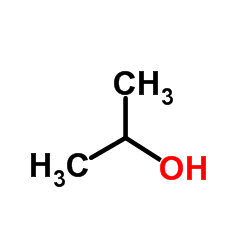 |
Isopropanol
CAS:67-63-0 |
|
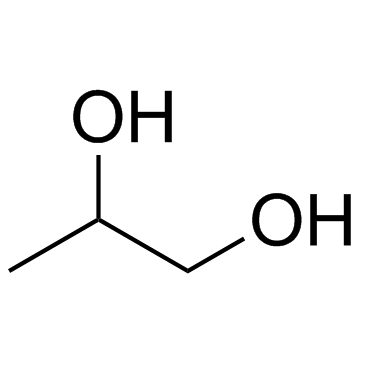 |
Propylene Glycol
CAS:57-55-6 |
|
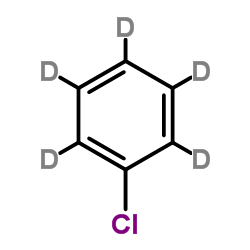 |
Chloro(2H5)benzene
CAS:3114-55-4 |
|
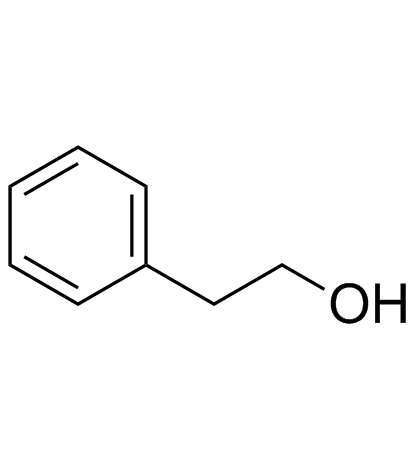 |
Phenethyl alcohol
CAS:60-12-8 |
|
 |
1-Bromo-4-fluorobenzene
CAS:460-00-4 |
|
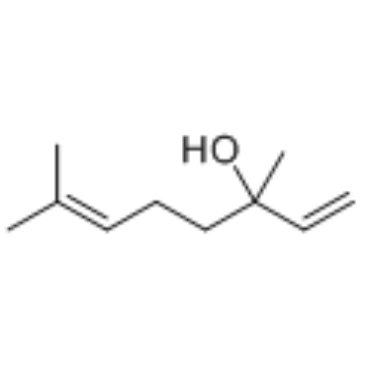 |
Linalool
CAS:78-70-6 |
|
 |
(-)-Linalool
CAS:126-91-0 |
|
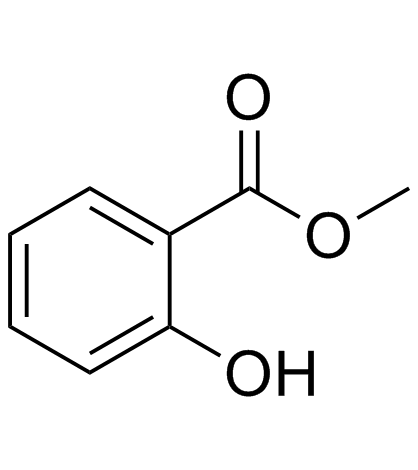 |
Methyl salicylate
CAS:119-36-8 |